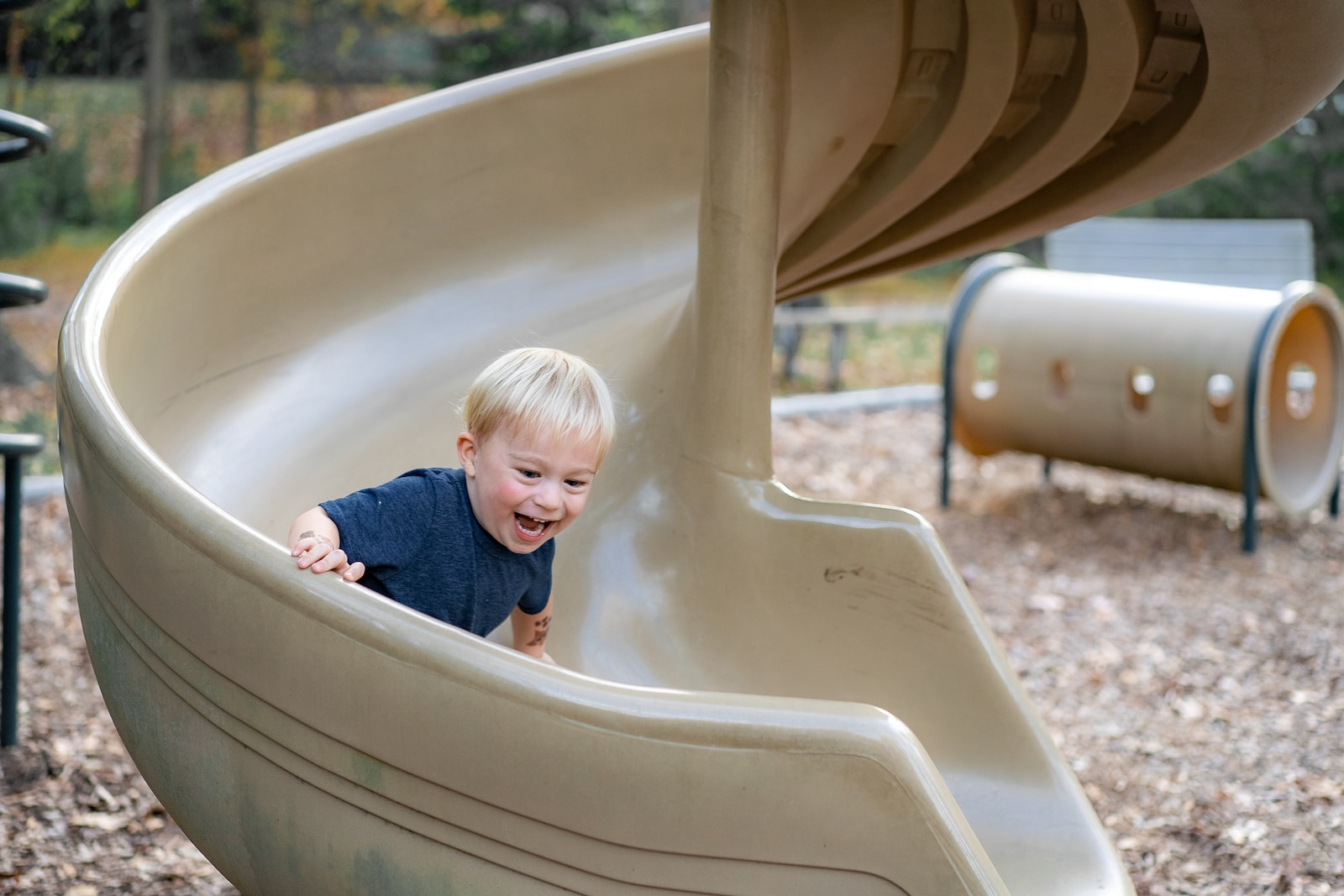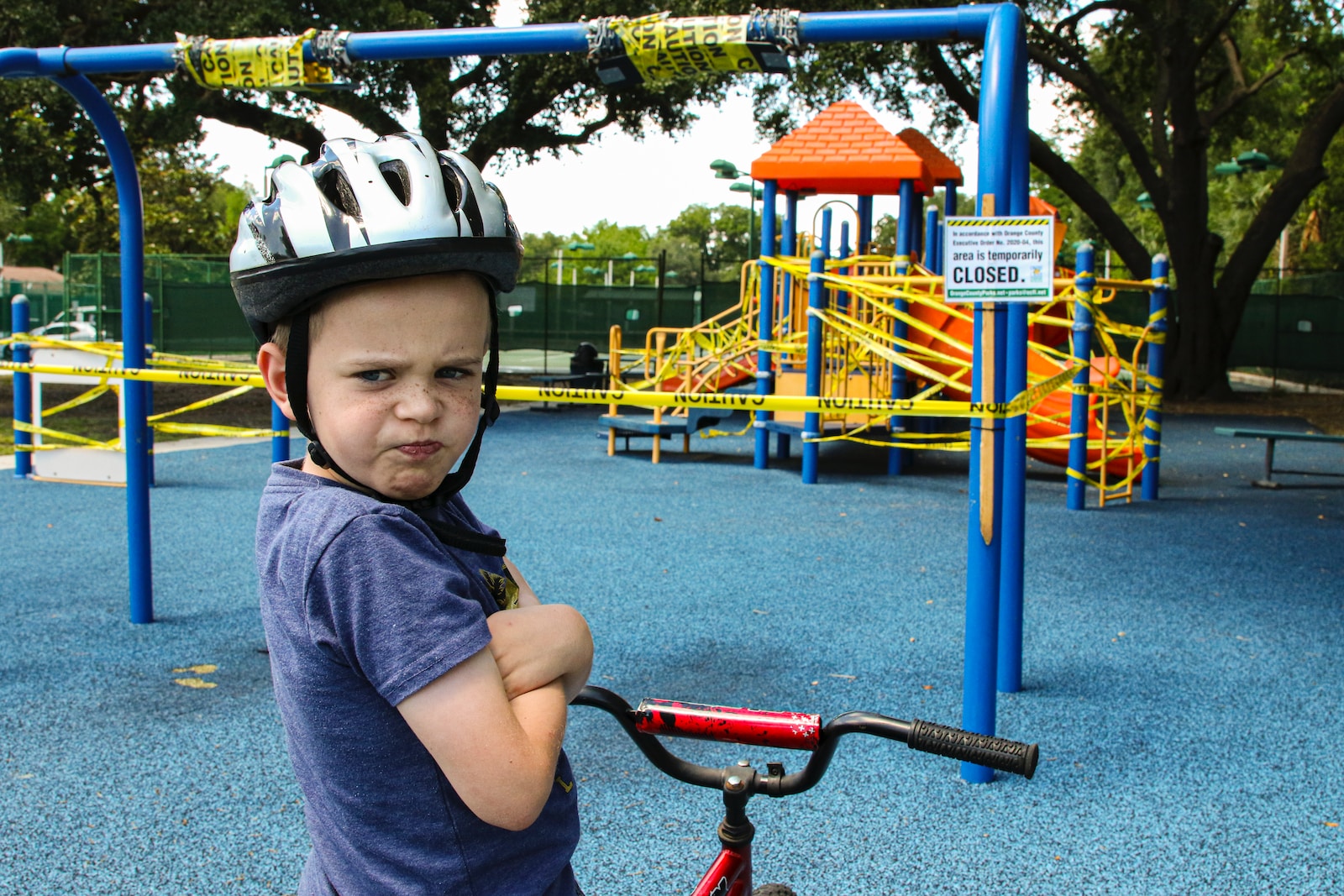Abstract
Children’s play includes brief and intermittent physical activity (PA) interspersed with rest, but there is a lack of recent research confirming this assumption. Accelerometer-derived fragmentation metrics are a potential tool for characterizing the temporality of children’s movement that have not yet been used in this population.
Purpose: The present study describes the accelerometer-measured temporality of indoor and outdoor free play during preschool.
Methods: Children (n = 44, 3–5 years) wore a hip-worn accelerometer for one indoor and one outdoor free-play session. Mean and median duration of total PA (TPA) and moderate-to-vigorous PA (MVPA) bouts and probabilities of transitioning between inactivity and TPA or MVPA were calculated using two sets of cut points. Indoor and outdoor PA were compared using paired t tests adjusted for multiple comparisons, Cohen’s d effect sizes, and correlation coefficients (r).
Results: Outdoor TPA (55.9%–63.9% depending on the cut point used) and MVPA (23.3%–50.3%) were significantly higher than indoor TPA (40.3%–49.1%) or MVPA (13.9%–34.9%) (d = 0.67–0.83). In addition, children’s outdoor play was characterized by longer bout durations (3–10 vs. 2–6 s; d = 0.79–0.86), and lower probabilities of transitioning from activity to inactivity (3.6%–15.3% vs. 7.6%–23.5%; d = 0.86–1.00) compared with indoor play. Higher MVPA was associated with less fragmented activity as represented by longer bout durations (r = .27–.83) and a higher probability of transitioning from inactivity to activity (r = .45–.75).
Discussion: Our findings confirm that children’s free play is highly transient and includes very short bouts of both TPA and MVPA. Identifying ways to promote sustained PA is a potential avenue for interventionists.
Journal: Journal for the Measurement of Physical Behaviour
Year: 2024



